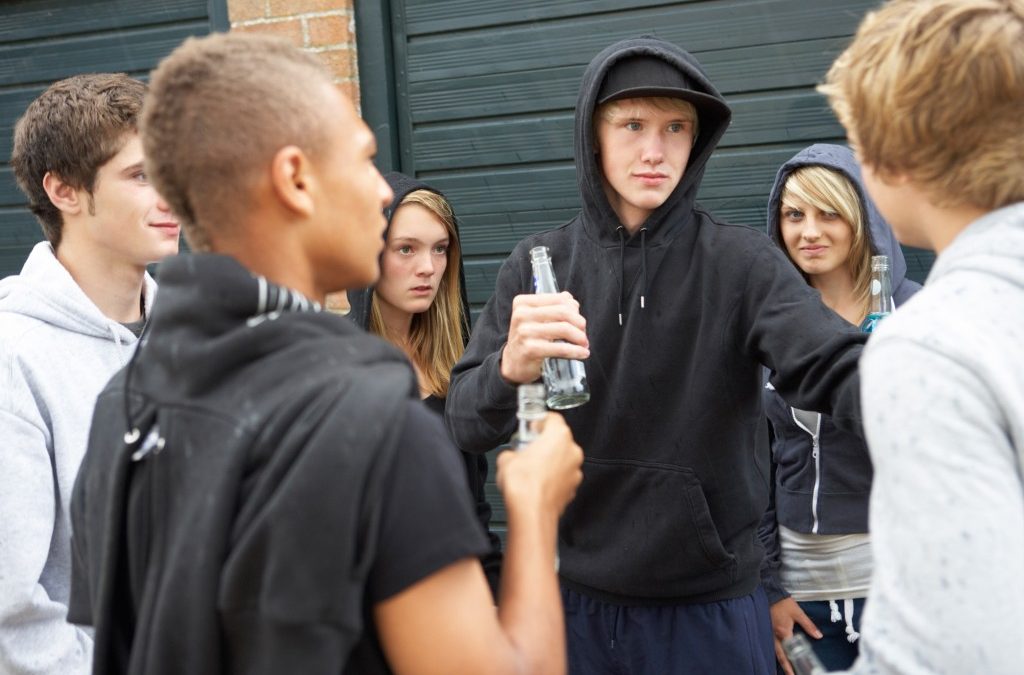Contrary to the belief of many in Illinois, bullying situations involve more than just the bully and their victim. Often, this abusive behavior involves bystanders who watch the bullying taking place and fuel the bully’s actions.
Bullying involves more than just the victim
Although bystanders involved in a bullying situation may believe that they are playing a completely neutral role, this is often why the bully continues to engage in these harmful behaviors. In bullying situations, there are several different types of bystanders that provide the bully with the support they need. These include the following:
- Instigators—This type of bystander prompts the bullying to begin. For example, an instigator may tell a bully that one of their classmates made a joke about them behind their back, causing the bully to retaliate.
- Encouragers—This type of bystander encourages the bully to continue their behavior. For example, encouragers may laugh, cheer or make comments that further stimulate their behavior as the bullying takes place.
- Participants—This type of bystander, while they will not start the bullying, will join in once it has begun. For example, if a child is made fun of for their beliefs on the playground, the bully making the initial comments may be joined by others soon after, further validating the bully’s behaviors.
However, most bystanders passively accept the bullying taking place by either watching it or doing nothing about it. These bystanders, often without realizing it, contribute to the problem by providing the bully with the audience they typically crave.
Why children become bullies
Most bullies develop their behaviors as a response to multiple factors in their personal environment. Although there is no single identifying cause of bullying, common contributing factors include those related to the bully’s family life, school situation and peer group.
For example, a child may become involved in a peer group that either advocates, promotes or supports the behavior of bullies. In this situation, the bully may feed off of this mentality and victimize others in order to “fit in” with their peers, even if they do not feel comfortable with their actions. In this type of situation, the bully is heavily influenced and supported by others they know to continue engaging in bullying behaviors.
When a bully is empowered by those they associate with to continue bullying others, the tactics they use may become more and more harmful over time. Parents who have a child that is bullied and want to know more about victim’s rights in these situations may benefit from speaking with an attorney who can provide further information.


Recent Comments